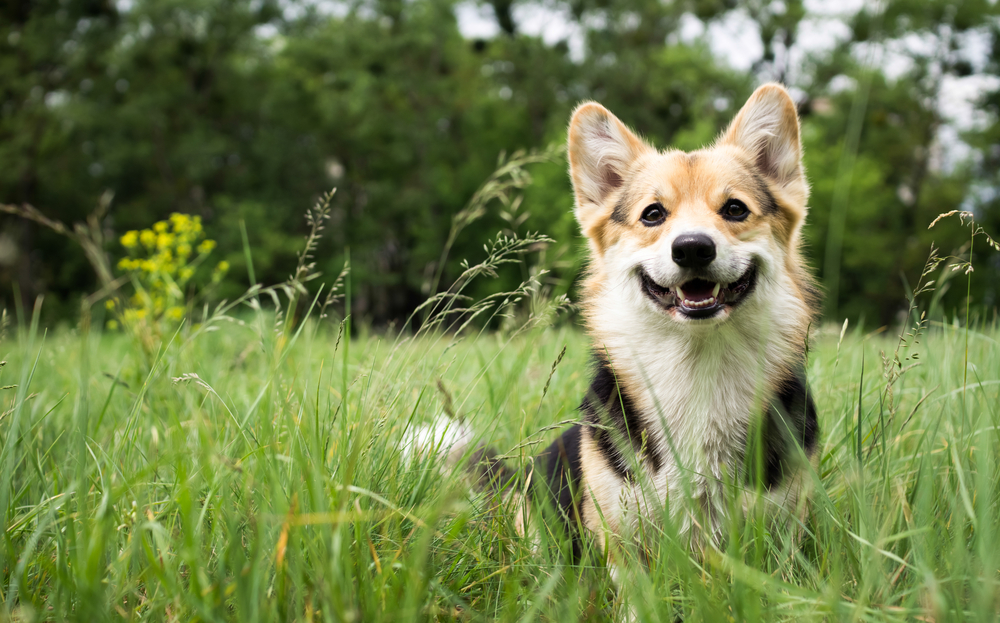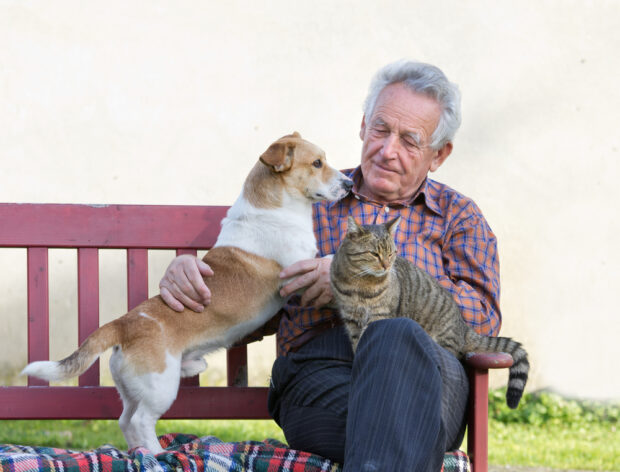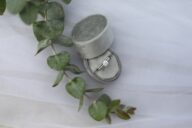You aren’t the only family member in your household that enjoys the freedom of a garden and for your four-legged friends, this is their own personal playground in which to roam, run and play. Unfortunately, not all gardens provide a safe-haven for curious pets and certain plants and garden features can become hazardous to their wellbeing if care isn’t taken.
One method of creating a pet-safe garden is to choose artificial plants over the real thing. Pets are less likely to think it’s something that can be eaten and you’ve got far less maintenance to take up your free time. Artificial plants and artificial lawn has come leaps and bounds in design and now it’s difficult to tell the real thing even from touch or getting close-up. Fantastic looking artificial grass not only looks the part and stays green all year but you will save money on water and electricity for mowing too!
We’ve put together this guide of pet-friendly plants and provided some information on the species to avoid to ensure you and your pet can enjoy many days together frolicking through the grass.

Commonly Found Plants To Avoid
Although you shouldn’t be encouraging any snacking on plants in your household as ingestion of any plant material can make your pet feel sick or unwell. It is the plants on this list that can lead to a fatal illness that if not caught and treated in time could lead to death.
Toxic to Dogs
- Acorns
- Spring Flower bulbs (daffodils, tulips and crocuses)
- Narcissus
- Onions
- Bluebells
- Ivy
- Foxgloves
- Wisteria
- Hyacinths
Toxic to Cats
- Cornflower
- Ferns
- Iris
- Lillies
- Chrysanthemum
- Yucca
A comprehensive list of all the potential plants that are toxic to dogs and signs to look out for can be found via the Dogs Trust. A similar guide for cats can be found on the Cats Protection website.
You should seek veterinary assistance as soon as possible if your pet has ingested one of the above plants or if they have come into contact with a plant that is a known irritant. The sooner your pet receives treatment for suspected poisoning, the more likely they are to make a full recovery.
The signs of poisoning in pets should be clear to see but sometimes they may only be acting a little off. Keep an eye out for these symptoms in pets that could be an indication something is wrong;
- Lethargy (a reluctance to do normal activities)
- Shaking and/or Seizures
- Large pupils
- Frothing at the mouth
- Laboured breathing
- Vomiting
- Diarrhoea
- Excess drooling
- Wobbly when standing
Safe Plants for your Garden
Fortunately, you don’t have to rush out and pave over all the greenery in your garden as there are plenty of plants varieties that won’t cause any upset stomachs or irritation if your pet comes into contact with them. These plants include;
Safe for Dogs
- Cornflower
- Berry plants (strawberry, blueberry, raspberry)
- Honeysuckle
- Lavender
- Snapdragon
- Sunflower
Safe for Cats
- Asters
- Bamboo
- Boston ferns
- Cat grass
- Maiden grass
- Cat mint (Nepeta)
- Spider plants
Safe for Both
- African violet
- Geraniums
What Goes Into A Pet-Friendly Garden?
Beyond choosing non-poisonous plants and grasses and ensuring anything your pet might ingest isn’t going to cause illness, creating a pet-friendly garden should be fun! Plant pet-friendly flora at different heights to create a world of different smells that will engage your pet when they are outside. Section off areas for certain types of destructive fun, such as an outdoor cat run with plenty of scratching posts and toys to chase or a dedicated area for digging to keep busy paws happy. Different materials and floorings such as grasses, pebbles, paving slabs, decking and even carpet can engage your pet outside in the garden as they have plenty of different sensory elements.
Many people also create pet-friendly vantage points, this might be a tower for a cat to perch on and watch the world go by, peep-holes through the fence that allow your dog to get the sights and smells of the world beyond their gates and even perspex windows that allow passersby to interact with your pets on their way past, providing another element of mental stimulation.
Whatever you choose to add to your garden, do it with your furry friend by your side and enjoy the time spent together relaxing, playing and training in your new pet-friendly garden space.
Image Credits:
Creating a Pet-Friendly Garden 1- Shutterstock – Royalty-free stock photo ID: 647021491 -By Veronika 7833
Creating a Pet-Friendly Garden 2 – Shutterstock – Royalty-free stock photo ID: 162466424 – By Budimir Jevtic










